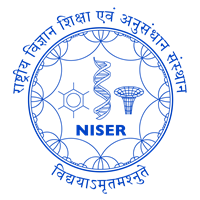
PhD, Pennsylvania State University College of Medicine, USA, 2008
Ramanujan Fellow, 2016
Host-pathogen interactions is an extensively researched topic. But the influence of environmental factors on host immune responses to pathogenic challenges reusers unexplored, although environment critically influences immune responses. Our current research is directed towards understanding the influence of environmental stimuli on infection pathogenesis using zebrafish as a model organism.
Using a variety of pathogenic and environmental stress models, we will study how the presence of an environmental stimulus modulates zebrafish immune response towards an infection pathogenesis. We have established a novel Staphylococcus epidermidis infection model in zebrafish and have elucidated the host immune response. Our studies have discovered key innate immune pathways that are activated upon S.epidermidis infection as well as the host cellular responses. We have also identified a hitherto unidentified role for miR-142-5p in regulating the IL-6 signalling pathway in this infection model. The reponse of zebrafish larvae to environmental stress, such as UVB, is also being studied. This will allow us to understand how the zebrafish exposed to UVB stress respond to a subsequent S.epidermidis challenge.
We plan to expand pathogenic models in future to include other pathogens such as – Mycobacterium marinum and Vibrio anguillarum. M.marinum infection model is well-established and recapitulates key features of human tuberculosis. In contrast, V.anguillarum model is not well-studied, but has the potential to mimic cholera in humans. Additional environmental stress models of hypoxia and particulate stress are also being established. The mechanisms by which these environmental stimuli modulate zebrafish immune responses to the infection models and affect disease progression and outcome will be analysed at the organismal and at the molecular level.
The overall objective of my group is to understand how non-neutral environmental stimuli shape and modulate host immune responses to infections. This knowledge, in the long term, has translational potential in allowing us to design more effective treatment regimens by taking environmental factors into consideration.